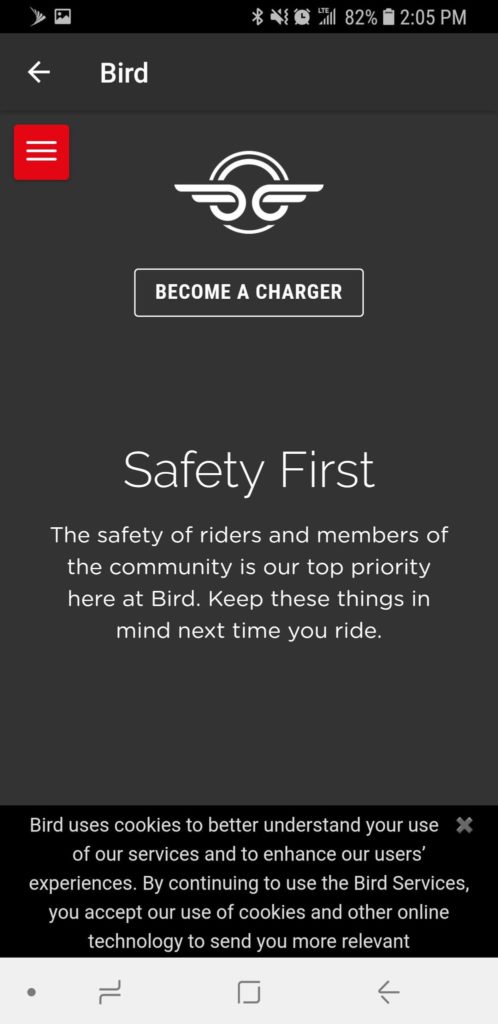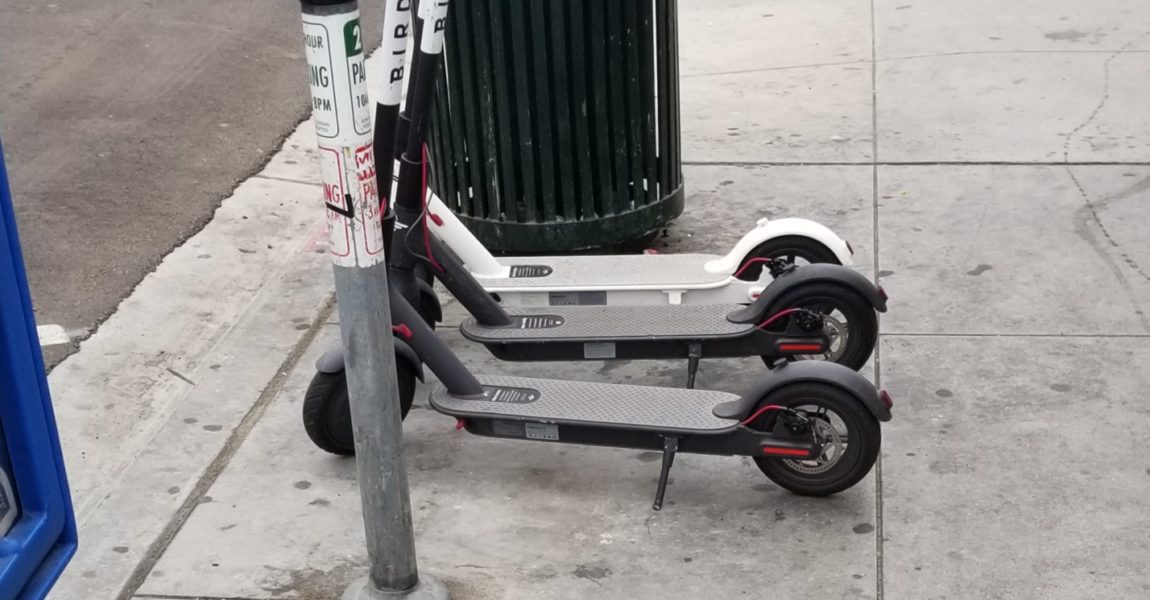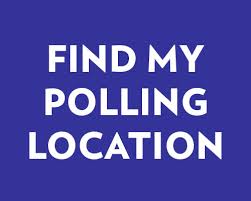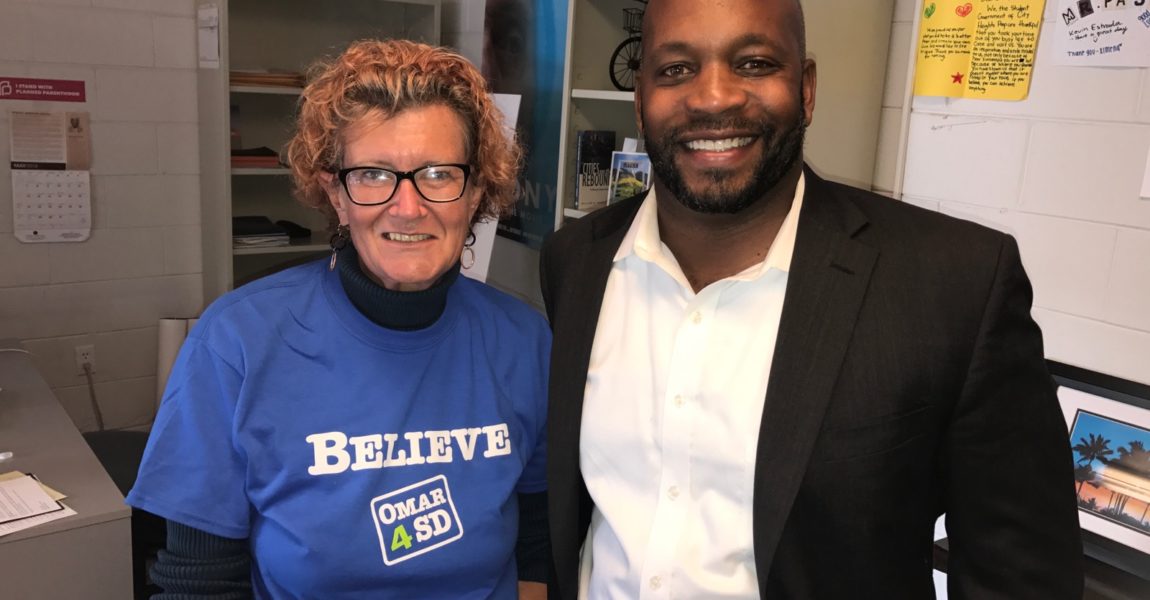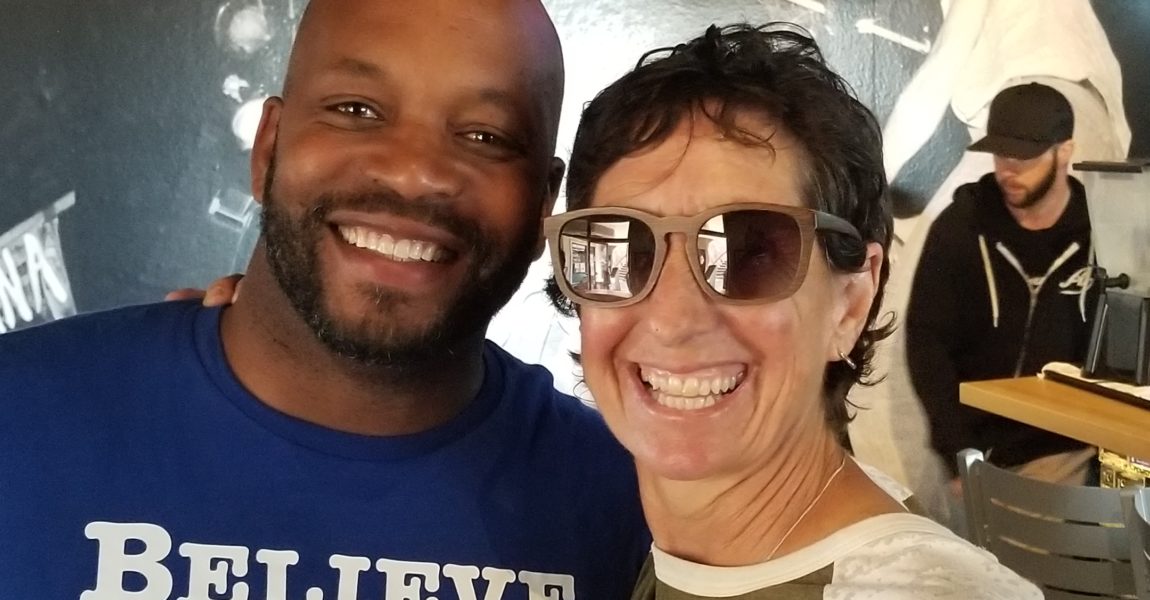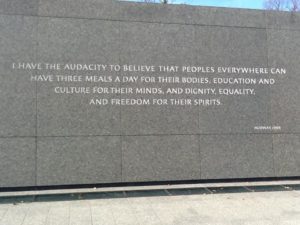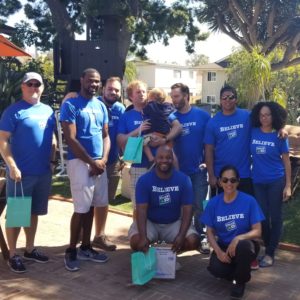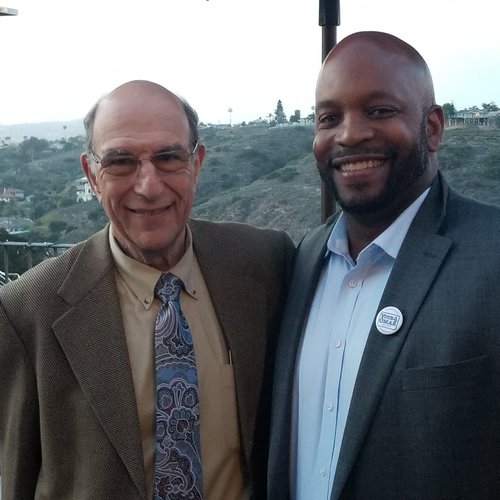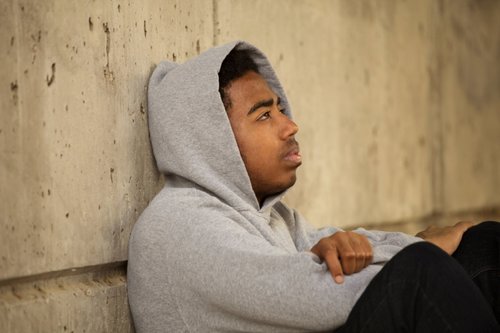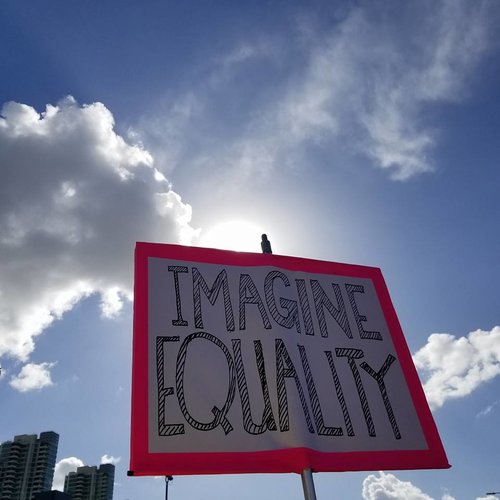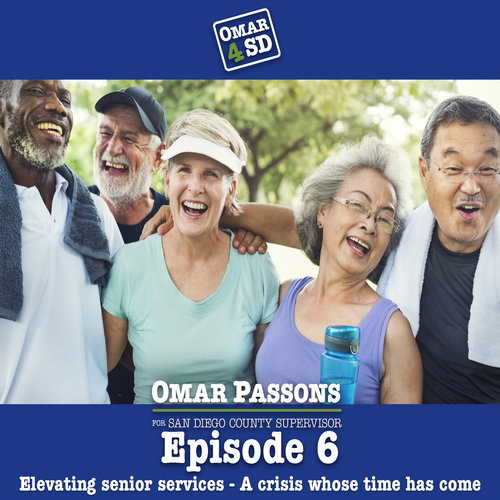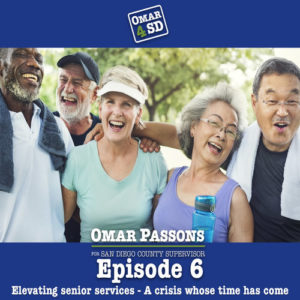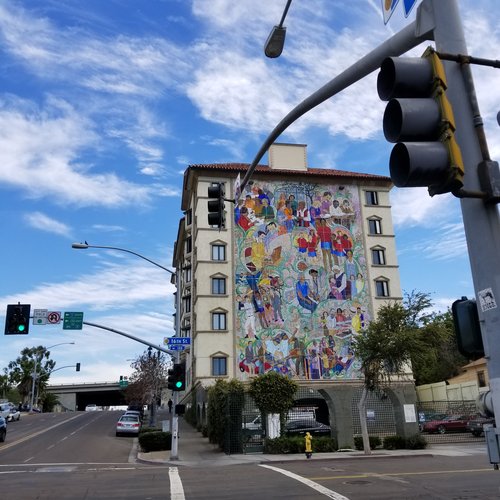My team has been working very hard for months. So, to celebrate one team member’s birthday and thank them for showing up every day to help me fight for a better, more inclusive San Diego region we went to see Marvel’s new movie Black Panther. The movie was based on the first African American superhero comic book that made its debut in 1966. There are plenty of pieces online about the importance of positive depictions of Black characters in film and especially in earlier eras of American pop culture, so I won’t cover that ground. I did find a few things particularly noteworthy about the movie and I thought I’d share.
My first observation is about Shuri. She plays the tech-savvy sibling of King T’Challa (the Black Panther). She isn’t needlessly sexualized nor portrayed as surprisingly bright or unusually gifted – which is to say the story doesn’t make her ability to achieve seem at all out of reach. She is an intelligent, intellectually curious young person who shows how cool it can be to be “into tech.” Shuri was the hero of the first major car chase of the movie and even when the outsider CIA agent was flying a spacecraft to protect the world, he was doing so using the tech she created. Nice job, Team Panther.
The second big nod relates to the first for me. None of the women needed saving, none were scantily clad, and there was nothing particularly out of place about the elders, the general, or Shuri’s character all being women. There were men in leading roles, to be sure, but the movie didn’t feel to me to be nearly as gender-tilted as these can frequently feel. I’m a man so probably you should take my perception with a grain of salt, but that’s how it felt to me.
Finally, for those who stayed past the credits to the final scene, we were able to hear two very useful reminders. King T’Challa made the important point that we are generally better off building bridges with one another rather than barriers to separate us. As a San Diego native who is excited about Mexico’s role in our shared culture and heritage, this is something I’m happy to see at our own international border – where we quite literally have built a bridge between California and Mexico. The final note of the movie was something I am always glad to hear people reiterate. Our differences, no matter how deep or strong they feel, are never as deep nor as strong as the ties that bind us.
Many people may recall Queen Bey’s nod to the Black Panther Party for Self Defense in her Super Bowl performance a few years ago. What is far less well known in many circles is the voting rights connection to the Black Panther woven into the title of this post that pre-dated both the Marvel comic and the more well-known efforts led by Huey Newton and Bobby Seale. In 1966, the same year that Marvel created the Black Panther character, the Lowndes County Freedom Organization was created in Alabama to create for African Americans the opportunity for a voice in political leadership. I am running for the San Diego County Board of Supervisors with the knowledge that my opportunity to represent our region’s most diverse district would not be possible without the sacrifices made in Lowndes County and many other communities.
As someone committed to our region’s youth, I am grateful for a movie that can help them believe it is okay to be excited about science and be excited to see images of humility, grace and strength in the characters of this movie. It was a fun movie with great action scenes and a classic good versus evil plot line, but it was a quite a bit more and I’m glad we took some time out to watch.
